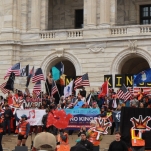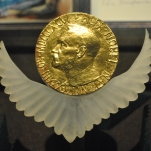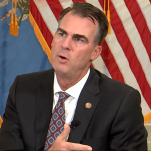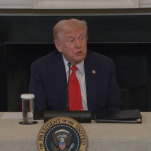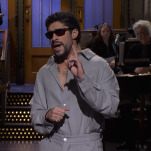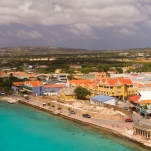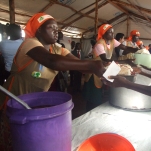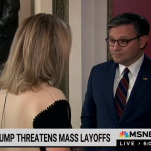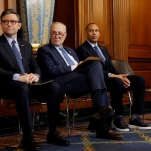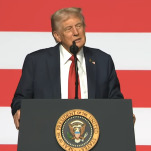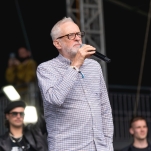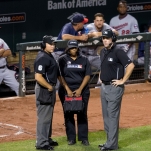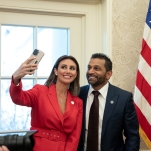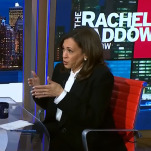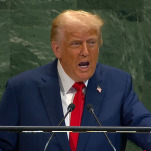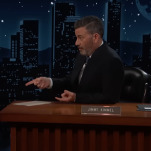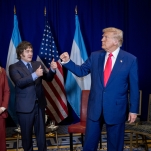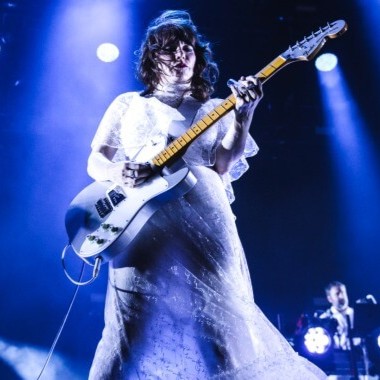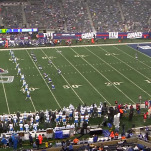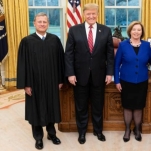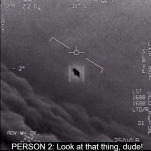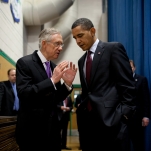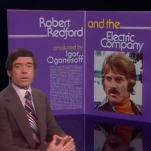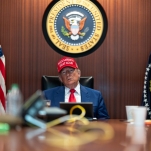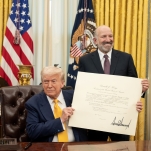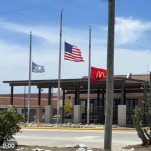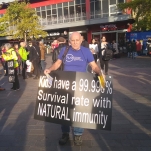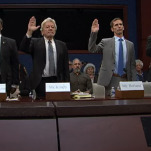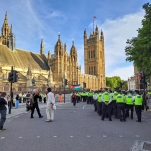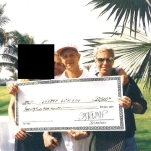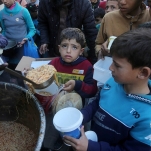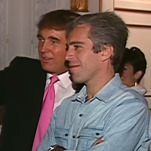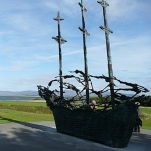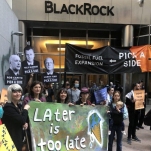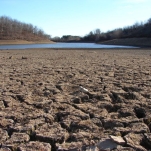I used Tinder to get travel tips instead of sex
Vanity Fair would have you believe that the dating app Tinder is an evil creation that’s ushered in the “dating apocalypse.” As a newly single person though, I like that Tinder shows me single people nearby and puts them just a swipe away. And as an interaction designer, I love the way the swiping turns it into a game, an addicting one I keep playing over and over again. But in my first month on Tinder, I’ve been using the geolocation-based app less like a dating site and more like a travel guide. And I’m here to tell you that, when visiting a new city, Tinder is better for travel tips than Let’s Go.
As I was preparing for my first trip to Berlin last month, a friend told me her co-worker had recently used the app in Paris and it had led her to the coolest bar ever. People using Tinder to find night spot recommendations instead of sex? I was intrigued. Googling “Best Hipster Bars Berlin” or “Best Coffee Shops Berlin” felt impersonal and out of date. Who decided they were the best and why? And how had these places changed in the months or years since the guide was written? Tinder was my chance to ask a local, and not just any local, but a local that an algorithm had determined was interested in exactly the kinds of things I’m interested in.
When I got to Germany in August, I added, “I’m in Berlin for a week” to the top of my Tinder bio. Tinder lets you adjust the range in which to look for people around you, from one to 100 miles. I already had a travel companion and wasn’t interested in dates while I was there. I just wanted to pick the brains of people living in Berlin. So I started swiping right on people who I might not necessarily be attracted to, but who looked like the type I’d want at the table next to mine in a hip Berlin restaurant. The friend I was traveling with joined me in the swipe-right-for-travel-tips Tindering. A hipster dude with a mustache recommended going to a club in an old heating plant, and visiting an empty Nazi airfield that is now a gorgeous public park. A girl visiting for the summer told us about swimming in a forest a short bike ride away. A nerdy Russian-obsessed artist and computer scientist told us about a creative coding meet up, and a hacker bar made out of an abandoned air space satellite.
Tinder as Yelp was actually a 1000 times better than Yelp. Amazingly, every single suggestion was good—tips for what to see and do in Berlin that perfectly matched my personality.
-

-

-

-

-

-

-

-

-

-

-

-

-

-

-

-

-

-

-

-

-

-

-

-

-

-

-

-

-

-

-

-

-

-

-

-

-

-

-

-

-

-

-

-

-

-

-

-

-

-

-

-

-

-

-

-

-

-

-

-

-

-

-

-

-

-

-

-

-

-

-

-

-

-

-

-

-

-

-

-

-

-

-

-

-

-

-

-

-

-

-

-

-

-

-

-

-

-

-

-

-

-

-

-

-

-

-

-





